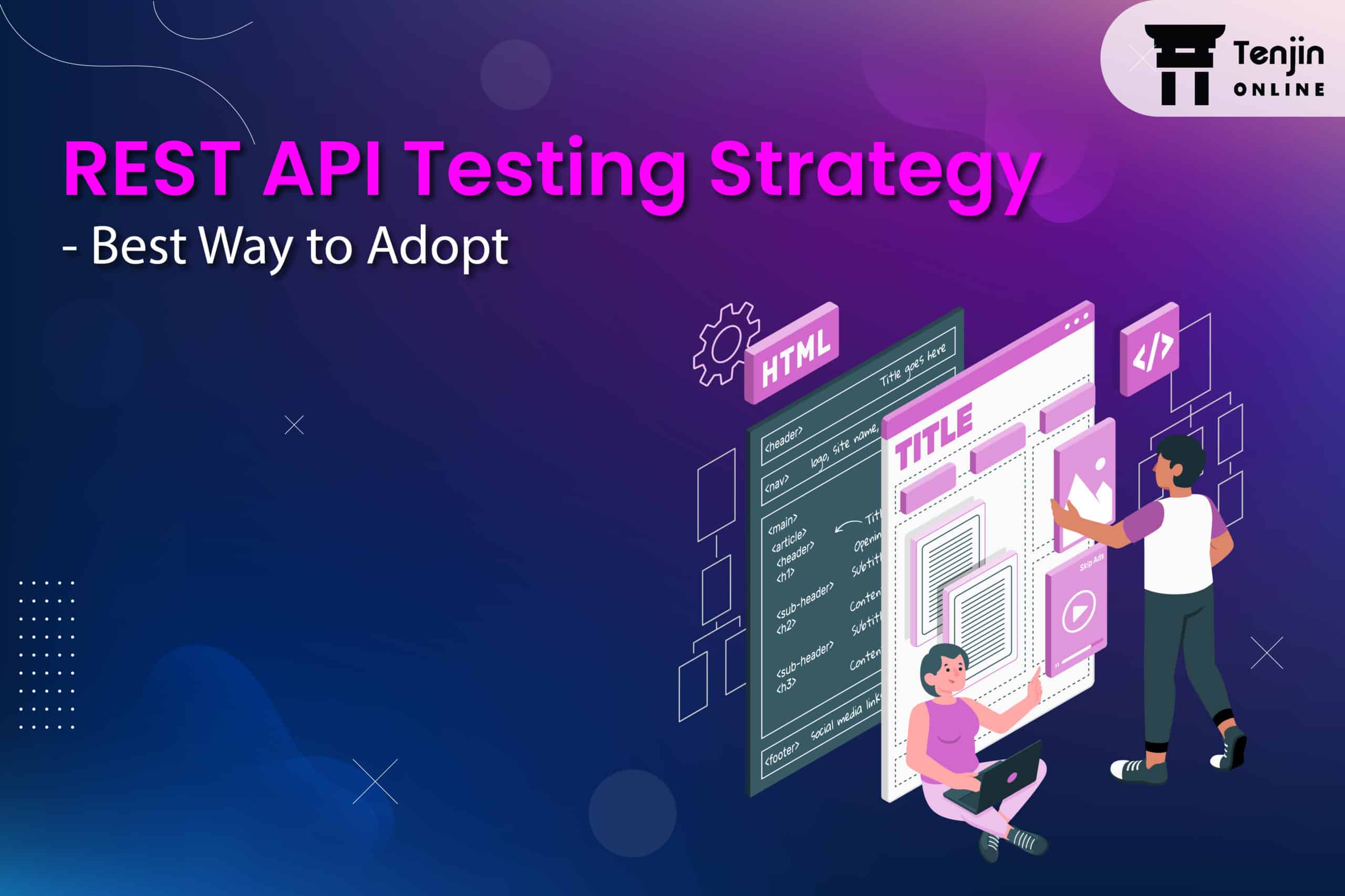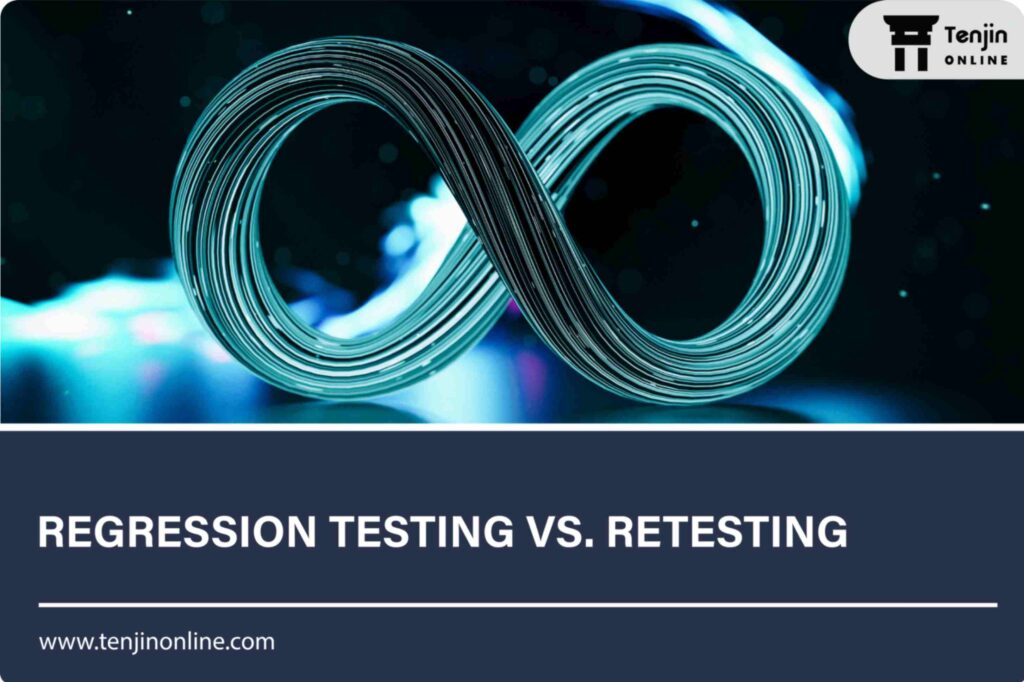
In today’s world, where software plays a critical role in every aspect of our lives, it is imperative to ensure the quality of software products. Quality assurance of software is not limited to functional testing alone. It also includes testing the various integrations between the software components, and this is where REST API testing comes into the picture that allows software programs to communicate with each other.
REST API (Representational State Transfer Application Programming Interface) is a set of protocols and standards used to communicate between different software components over the web. It enables different software systems to communicate and exchange data with each other in a standardized way. REST APIs are widely used in modern software applications, and their testing is crucial for ensuring the quality of software products is top-notch.
In this article, we will discuss the best practices for REST API testing strategy that can be adopted to ensure the quality of software products.
What is a REST API?
REST API is a popular architectural style for building web services. RESTful APIs are widely used in modern web development as they provide a simple and efficient way to access data and resources from remote servers.
A REST API is a web service that follows the principles of the REST architectural style. It uses HTTP requests to perform CRUD (Create, Read, Update, and Delete) operations on resources. A resource can be any type of data that can be manipulated through the API. The resource is identified by a unique identifier, called a URI (Uniform Resource Identifier), and the operations are performed through HTTP methods such as GET, POST, PUT, and DELETE.
REST APIs are stateless, meaning that they do not maintain any client context between requests. Each request sent to the server must contain all the necessary information to process it, including authentication and authorization data, if required.
Why Test REST APIs?
Testing is an essential part of software development, and REST API testing is extremely critical. Testing REST APIs helps to ensure that the API behaves as expected and provides reliable data and functionality to the client. By testing the API, you can:
- Verify the correctness of the API response: Testing the API helps to verify that the response returned by the API is correct and contains the expected data.
- Identify bugs and defects: Testing helps to identify any bugs or defects in the API implementation, such as missing or incorrect functionality, incorrect data format, or invalid responses.
- Ensure compatibility and interoperability: Testing helps to ensure that the API is compatible with different client applications and can be easily integrated into different systems.
- Improve the quality and reliability of the API: Testing helps to improve the quality and reliability of the API by identifying and fixing issues before they become a problem for users.
Best Practices to Implement while Testing REST API
The following best practices should be implemented to yield maximum results from API testing:
Defining the scope of testing
Defining the scope of testing is critical for any testing project. It helps to identify the objectives of testing, the features to be tested, and the testing environment. When it comes to REST API testing, the scope of testing should include the following:
- Functional testing: This involves testing the basic functionalities of the API such as the request and response structures, error handling, and authentication.
- Integration testing: This involves testing the integration between different software components that use the REST API.
- Performance testing: This involves testing the response time, throughput, and scalability of the API.
- Security testing: This involves testing the security features of the API such as authentication, authorization, and encryption.
Identifying the testing tools and frameworks
Identifying the right testing tools and frameworks is crucial for any testing project. In the case of REST API testing, there are several tools and frameworks available in the market.
Designing the test cases
Designing test cases is one of the most critical aspects of any testing project. It involves identifying the test scenarios, designing the test data, and defining the expected results. When designing test cases for REST API testing, it is essential to consider the following:
- Identify the test scenarios: Identify the different scenarios under which the API will be used. This will help you to design test cases that cover all the possible use cases.
- Design the test data: Design the test data that is representative of real-world scenarios. This will help you to identify potential issues in the API.
- Define the expected results: Define the expected results for each test case. This will help you to verify the correctness of the API.
Executing the test cases
Executing the test cases is the next step in the testing process. It involves running the designed test cases and capturing the results. When executing the test cases for REST API testing, it is essential to consider the following:
- Test environment: Ensure that the testing environment is stable and consistent throughout the testing process
Conclusion
With the above, it is clear that REST API is a set of protocols and standards used to communicate between different software components over the web. It consists of several components such as resources, methods, and representations. Each component has a specific role in the communication process. Understanding the basics of REST API and implementing the right strategy will help one to design better test cases and to identify potential issues in the API.


